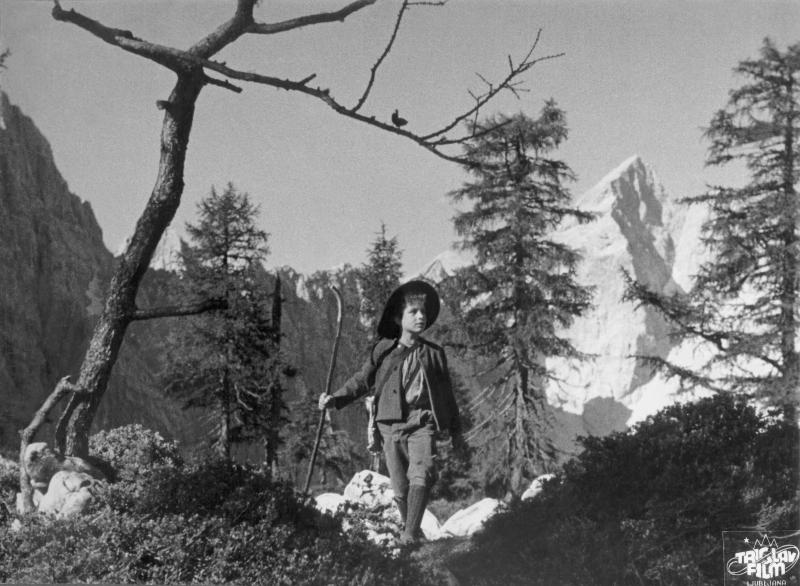
Johanna Spyri’s Heidi may be one of the recognizable icons of the Swiss Alps, but Slovenia has its own legendary child of the mountains: a brave little shepherd boy named Kekec. For years, his adventures have not just entertained Slovenia’s young, but have also had a large following in the world’s most populous country.
Kekec was created by Josip Vandot, born in 1884. His birthplace of Kranjska Gora is now a major resort but was then a small village in the Slovenian Alps. Growing up, Vandot’s mother told him tales about a little boy’s adventures in the mountains high above the village. The stories were age-old fairy tales that had been passed down from generation to generation.
After World War I, Vandot published several books about Kekec, based in part on his mother’s stories. The protagonist of his tales is a shepherd boy whose optimism enables him to stand up against even the most terrifying adversaries. Some of the villains in Vandot’s books come straight from Old Slavic mythology, such as a terrifying mountain witch known as Pehta, and a powerful ogre named Bedanec.
The books remained hugely popular even after Vandot’s death during World War II. In the 1950s and ‘60s, his stories were adapted into a series of movies. The first Kekec film, released in 1951, even won an award at the prestigious Venice Film Festival. At a time when most films in Yugoslavia dealt with the Partisan heroics in the war, Kekec was the first movie to be aimed specifically at children, and it enjoyed unprecedented success at the box office, as did its sequels. They were far more colorful than most other Slovenian films -- quite literally so in the case of the second movie in the series, which was Slovenia’s first color feature. Even half a century later, their television airings enjoy huge popularity, and the songs from the movies have become a part of Slovenian popular culture.
Surprisingly, the Kekec movies also enjoyed a major following thousands of miles way – in the People’s Republic of China. Even though Mao’s China was closed off to much of the world, Yugoslav politicians managed to sell the first Kekec film to a government-run Chinese distributor. For years, the movie, set in the Slovenian Alps, was shown in movie theaters throughout that vast country. According to some Slovenian film historians, that may have made Kekec the most-watched movie of all time.
Today, Kekec is used to promote Slovenia’s mountains, and children visiting Vandot’s home village of Kranjska Gora are treated to real-life reenactments of the classic tales. Meanwhile, new generations of Slovenians still grow up reading – and watching – the adventures of a shepherd boy whose optimism helped him conquer even his greatest fears.

































































